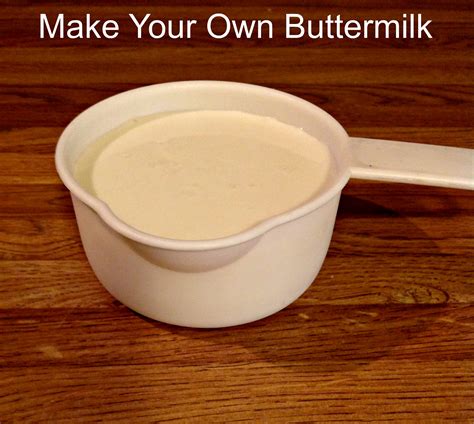How to Make Buttermilk with Vinegar: A Quick and Easy Guide
Buttermilk, with its tangy flavor and unique texture, is a beloved ingredient in baking and cooking. But what if you don't have any on hand? Don't worry! Making a buttermilk substitute with vinegar is incredibly simple and takes just minutes. This guide will walk you through the process, ensuring you always have this essential ingredient ready when you need it.
Why Use Vinegar to Make Buttermilk?
Vinegar's acidity mimics the naturally occurring lactic acid in real buttermilk. This acidity is crucial in baking because it reacts with baking soda, creating air pockets that give baked goods their light and fluffy texture. Using vinegar ensures your recipes rise properly and achieve the desired consistency.
What You'll Need:
- Milk: Use whole milk for the richest flavor and texture. Low-fat or skim milk will work, but the results might be slightly thinner. One cup of milk is needed for a typical buttermilk substitute recipe.
- Vinegar: White vinegar or apple cider vinegar are both excellent choices. Use one tablespoon of vinegar per cup of milk. Avoid using balsamic vinegar, as its strong flavor will overpower your recipe.
- Measuring Cup & Spoon: Accurate measurements are key for successful baking.
Step-by-Step Instructions:
- Measure Your Ingredients: Carefully measure out one cup of milk and one tablespoon of vinegar.
- Combine: Pour the milk into a measuring cup or bowl. Add the vinegar.
- Stir Gently: Stir the mixture gently to combine the milk and vinegar. Don't overmix.
- Let It Rest: Let the mixture sit for about 5-10 minutes. You'll notice it beginning to curdle slightly – this is exactly what you want! The vinegar is reacting with the milk proteins to create the characteristic buttermilk texture.
Tips for Success:
- Timing is Key: Allowing the mixture to sit for at least 5 minutes is essential for the curdling process. Letting it sit longer won't hurt, but don't let it sit for hours.
- Temperature Matters: Room temperature milk works best. Cold milk might take a little longer to curdle.
- Don't Overmix: Gentle stirring is all that's needed. Overmixing can lead to a watery consistency.
- Experiment with Flavors: For a slightly sweeter buttermilk substitute, try adding a touch of honey or sugar after the curdling process.
Using Your Homemade Buttermilk:
Once your homemade buttermilk is ready, you can use it immediately in your recipes. It's a perfect substitute in pancakes, muffins, biscuits, and many other baked goods that call for buttermilk.
Search Engine Optimization (SEO) Considerations:
This article is optimized for keywords like "make buttermilk," "buttermilk substitute," "vinegar buttermilk," "homemade buttermilk," and related long-tail keywords such as "how to make buttermilk with vinegar for baking" and "best way to make buttermilk at home." The use of headings, bold text, and a clear, concise writing style all contribute to better SEO. To further enhance SEO, consider promoting this article through social media sharing and building backlinks from relevant websites.
Remember, this homemade buttermilk substitute will keep in the refrigerator for up to 3 days. Enjoy baking!
